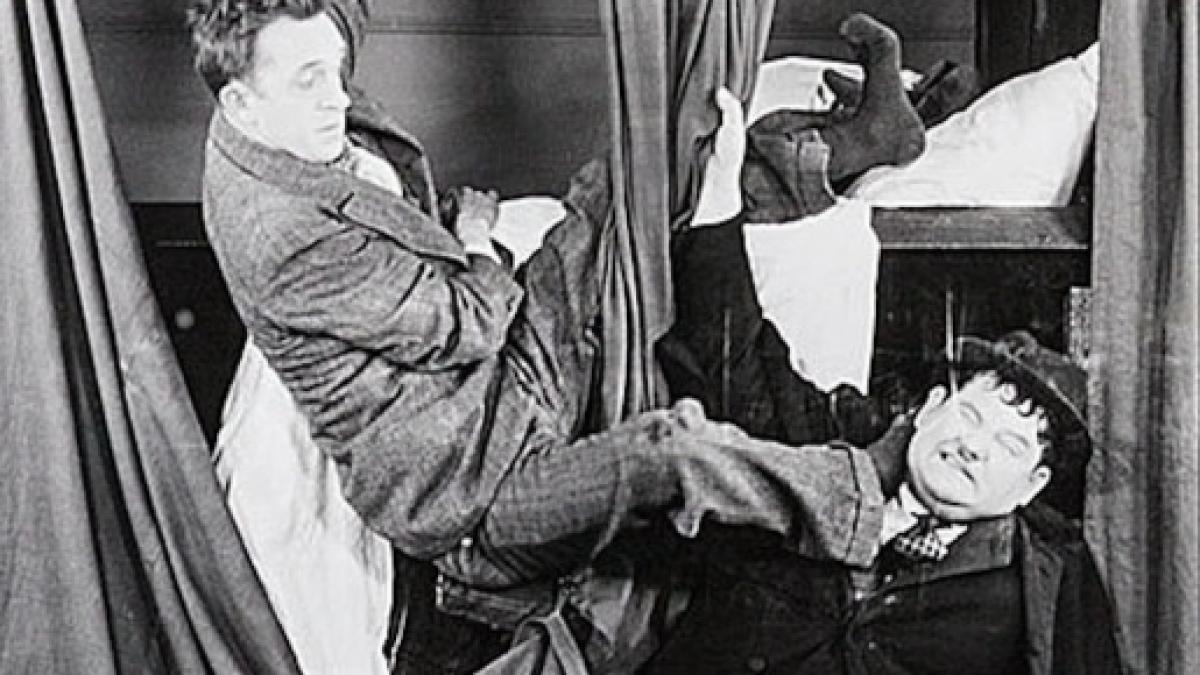

The long, nail-biting scene has been referenced in multiple movies, from “Back to the Future” to one of this year’s Oscar best-picture nominees, Martin Scorsese’s kid adventure “Hugo.”Īnd the tall building in downtown L.A. He hangs on for dear life with traffic rushing far below. One famous image from that era that lives on shows Lloyd clumsily climbing up the side of a building in downtown Los Angeles to escape a police officer in the 1923 romantic comedy “Safety Last!” Lloyd, in his signature straw hat and round horn-rimmed glasses, then grasps onto a large clock on the building. He’s since identified dozens of locations, and has conducted various silent film walking tours. It was just ideal.”īengtson started researching then-and-now locations from scenes in the films of silent comedy stars Buster Keaton, Charlie Chaplin and Harold Lloyd more than 15 years ago, without the help of the Internet. Downtown Los Angeles was a thriving city, so you got your urban shots. “There were rough terrains for the Westerns. “There was a diversity of geological features, the beach, desert,” Bengtson said.
Where laurel and hardy movies silent movie#
“Southern California was perfectly situated” as a backdrop for all types of movie settings, said film historian John Bengtson, author of the books “Silent Traces: Discovering Early Hollywood Through the Films of Charlie Chaplin,” “Silent Echoes: Discovering Early Hollywood Through the Films of Buster Keaton” and “Silent Visions: Discovering Early Hollywood and New York Through the Films of Harold Lloyd.” Fortunately, many of the locations where exteriors were filmed during the silent film era still exist today, and you can find them hidden around the city like historic gems. “The Artist,” a Golden Globe winner and Oscar contender that harks back to the lost art of telling a story in black and white, without talking, has renewed interest in that early genre.

Hollywood was truly the Wild West, infinitely more accessible than now. locales into any place the script called for. Without permits, unions or worries about sound, filmmakers could just grab a camera and shoot scenes on the spot, transforming various L.A. The movies were filmed everywhere, from Hollywood to bustling downtown to what was then a nearly barren valley area, on the other side of the Hollywood Hills. LOS ANGELES - From around 1910 to the late 1920s, the silent film industry dominated Los Angeles. Digital Replica Edition Home Page Close Menu


 0 kommentar(er)
0 kommentar(er)
